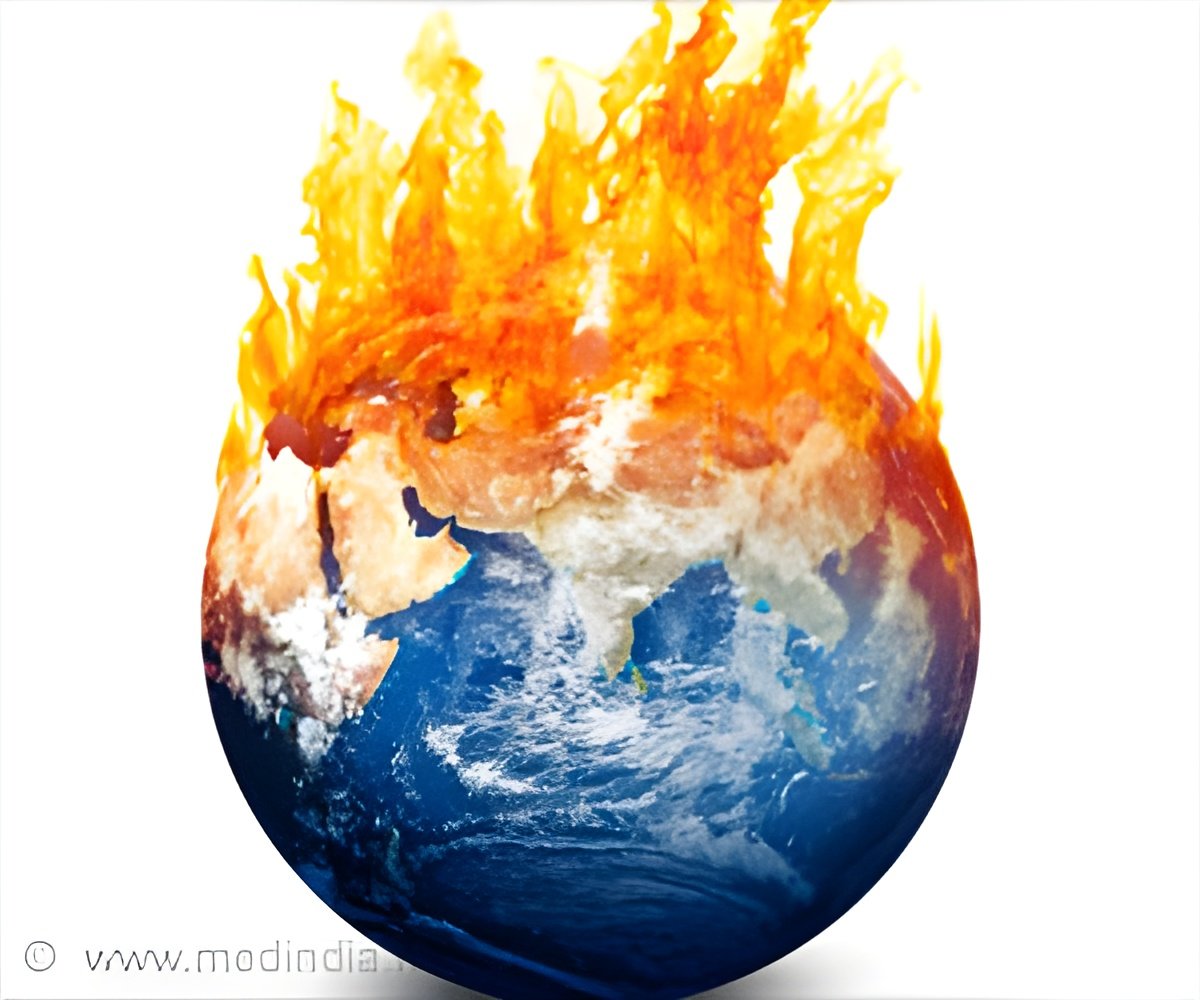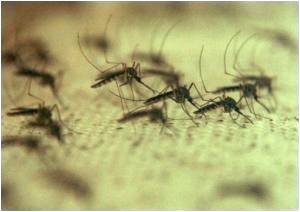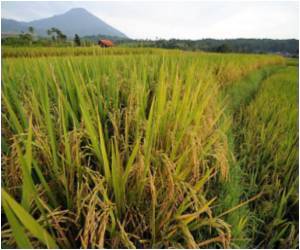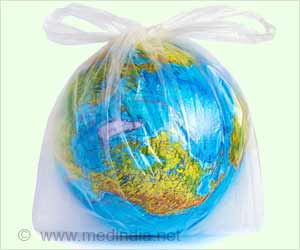Research shows we need to eat less meat and recycle our waste in order to rebalance the global carbon cycle and thereby reduce the risk of dangerous levels of climate change.

Though less efficient as an energy source than fossil fuels, plants capture and store carbon that would otherwise stay in the atmosphere and contribute to global warming. Burning our waste from organic materials, such as food and manure, and any bioenergy crops we can grow, while capturing the carbon contained within them, could be a powerful way to reduce atmospheric carbon dioxide.
Published today (20 June 2012) in the journal Energy and Environmental Science, the research suggests that in order to feed a population of 9.3 billion by 2050 we need to dramatically increase the efficiency of our farming by eating less beef, recycling waste and wasting less food. These changes could reduce the amount of land needed for farming, despite the increase in population, leaving sufficient land for some bio-energy. To make a really significant difference, however, we will need to bring down the average global meat consumption from 16.6 per cent to 15 per cent of average daily calorie intake – about half that of the average western diet.
The researchers argue that if we change the way we use our land, recycle waste, and dedicate enough space to growing bioenergy crops we could bring down atmospheric carbon dioxide to safe levels. Not doing this means we would lose our natural ecosystems and face increasingly dangerous levels of atmospheric carbon dioxide.
The research team generated four different future scenarios, based on dietary preferences and agricultural efficiency up to 2050: 'high-meat, low-efficiency', 'low-meat, low-efficiency', 'high-meat, high-efficiency' and 'low-meat, high-efficiency'. The different agricultural options looked at the type of livestock being produced, with beef being the least energy-efficient and pork being the most. They also looked at how intensively animals are farmed and examined options for reducing food waste and making better use of manure to make livestock farming more efficient.
They used established mathematical models to forecast the effects of each scenario on atmospheric carbon dioxide. By 2050, a 'high-meat, low-efficiency' scenario would add 55 ppm of carbon dioxide to the atmosphere, whereas a 'low-meat, high-efficiency' approach with carbon dioxide removal could remove 25 ppm. A 25 ppm reduction could mean we avoid exceeding the two-degree rise in global temperatures that is now widely accepted as a safe threshold.
Advertisement
Co-author Professor Tim Lenton of the University of Exeter said: "Bioenergy with carbon storage could play a major role in helping us reduce future levels of atmospheric carbon dioxide. However, we only stand a chance of realising that potential, both for energy and carbon capture, if we increase the efficiency of agriculture. With livestock production accounting for 78 per cent of agricultural land use today, this is the area where change could have a significant impact."
Advertisement
Source-Eurekalert









